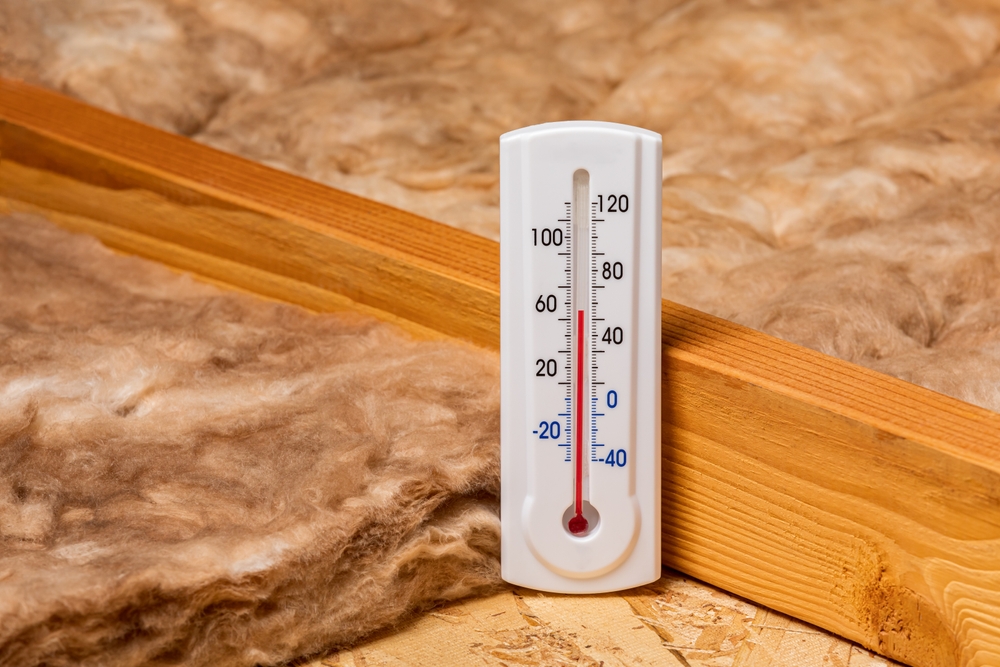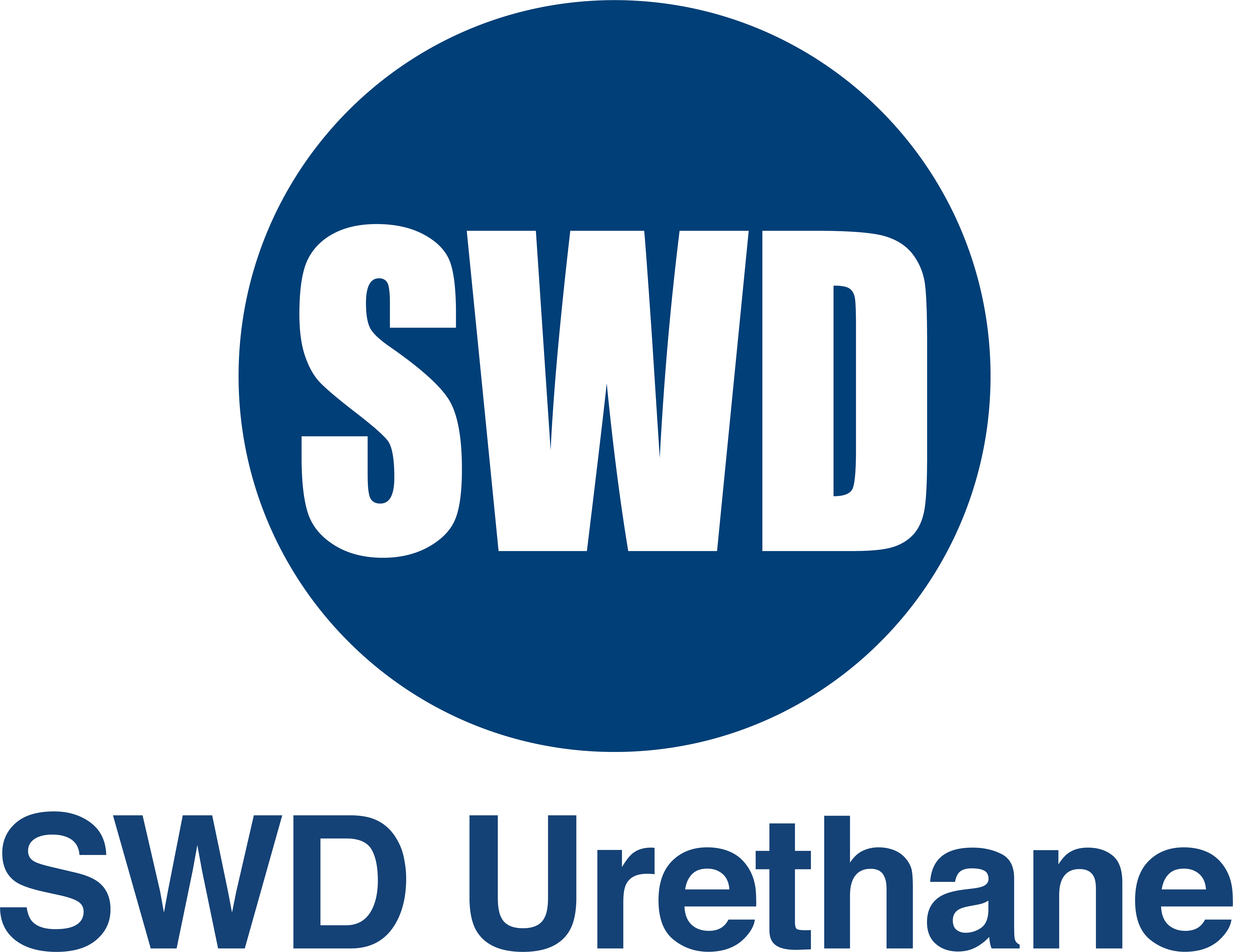
When it comes to creating an energy-efficient home or office, one of the most important factors to consider is insulation. Insulation plays a critical role in maintaining a comfortable indoor environment by regulating the flow of heat, helping keep homes warmer in the winter and cooler in the summer. The effectiveness of insulation is commonly measured by its R-value, a metric that reflects its ability to resist heat flow. But what exactly is the R-value, and why is it so important when selecting insulation materials for your building project? In this blog, we’ll explore the concept of R-values, how they work, and why they matter for your home’s energy efficiency.
What is an R-Value?
An R-value is a numerical measurement that indicates the resistance of a material to heat flow. The higher the R-value, the better the material is at preventing heat from passing through it. Essentially, R-values provide insight into the insulating power of different materials, which directly impacts the energy efficiency of your home or office.
The R-value of insulation is determined by several factors, including the material’s thickness, its density, and its composition. Materials such as fiberglass, foam board, cellulose, and spray foam each have different R-values, making it important to understand the specific benefits and limitations of each when choosing insulation. In simple terms, an insulation material with a higher R-value means it will do a better job of keeping your indoor space at the desired temperature while reducing the amount of energy needed to heat or cool the space.
The Science Behind R-Values
The basic principle behind R-values lies in the concept of thermal resistance. Heat always moves from areas of higher temperature to areas of lower temperature, and the insulation material works by resisting this flow of heat. When you install insulation in your walls, attic, or floors, you create a barrier that slows down the heat transfer between the inside of your home and the outside environment.
The R-value of an insulation material is directly proportional to its ability to slow down this heat flow. The higher the R-value, the better the material resists heat transfer, and the more effective it will be at keeping your space comfortable. The R-value is calculated by measuring the material’s thickness and the thermal conductivity of the material itself. Thermal conductivity, often denoted as “k-value,” is a property that indicates how easily a material allows heat to pass through. By combining the material’s thickness with its thermal conductivity, the R-value can be determined.
It’s important to note that the R-value is a relative measurement, which means it’s specific to the material being tested. For example, fiberglass insulation may have a higher R-value than cotton-based insulation, even if they both serve similar functions in different applications.
Factors That Affect R-Values
While R-value is a crucial factor in determining the effectiveness of insulation, several other elements can influence its overall performance. The material’s thickness, density, and installation method all contribute to how well insulation will perform in a given space. In addition, factors such as moisture, temperature, and even the quality of installation can have a significant impact on the insulation’s ability to resist heat flow.
One of the most important factors to consider is the thickness of the insulation. As a general rule, the thicker the material, the higher its R-value. This is because thicker insulation provides more resistance to heat flow. However, there’s a practical limit to how much thickness can be added. Space constraints in walls, ceilings, and floors may prevent the installation of thick insulation, which is why choosing the right material with a high R-value for the available space is crucial.
Another important factor is the density of the insulation material. Denser materials generally have higher R-values because they provide more resistance to heat transfer. However, denser materials can also be more expensive and harder to install. In some cases, a less dense but thicker material may be more cost-effective, depending on the project’s specific requirements.
Moisture can also impact the effectiveness of insulation and its R-value. When insulation materials become damp, their thermal resistance decreases, making them less effective at preventing heat transfer. For this reason, it’s essential to install moisture barriers or choose moisture-resistant insulation for areas like basements and crawl spaces, where water intrusion is a common concern.
How to Choose the Right R-Value for Your Home
Choosing the right insulation material and R-value for your home is essential for maximizing energy efficiency and comfort. The ideal R-value for insulation varies depending on the climate, the specific area of the home being insulated, and the type of insulation being used. In general, colder climates require insulation with a higher R-value, while warmer climates can benefit from lower R-values.
For example, in regions with cold winters, such as the northern United States or Canada, homes should be insulated to a higher R-value, especially in attics, walls, and basements. These areas experience significant heat loss during the winter months, and a higher R-value will help reduce heating costs. On the other hand, in warmer climates, insulation with a moderate R-value is sufficient to keep cooling costs down during the hot summer months.
The U.S. Department of Energy (DOE) provides guidelines for recommended R-values based on climate zones. For example, in Zone 1, which includes warm climates, the recommended R-value for attic insulation is around R-30 to R-49, while in Zone 7, which includes very cold climates, the recommended R-value can be as high as R-60. It’s also important to consider the local building codes, which may have specific insulation requirements for new construction or renovations.
When choosing the right insulation material, it’s essential to take into account the characteristics of each type. Fiberglass insulation, for example, is one of the most commonly used materials due to its affordability and effectiveness. Spray foam insulation offers a high R-value and excellent air-sealing properties, making it ideal for difficult-to-insulate areas. Cellulose insulation, made from recycled paper products, is an eco-friendly option that can provide excellent soundproofing and thermal resistance.
The Benefits of Proper Insulation
Proper insulation with the right R-value offers numerous benefits, including improved comfort, energy savings, and environmental sustainability. By reducing heat transfer, insulation helps maintain consistent indoor temperatures, keeping your home warmer in the winter and cooler in the summer. This, in turn, reduces the need for excessive heating and cooling, leading to lower energy consumption and reduced utility bills.
In addition to the energy savings, proper insulation also contributes to environmental sustainability by reducing the overall energy demand. When homes are well-insulated, they require less energy to heat and cool, leading to a smaller carbon footprint. This is especially important as the world continues to grapple with the effects of climate change and the need to reduce greenhouse gas emissions.
Insulation can also improve the acoustic comfort of a building. Materials with high R-values, such as fiberglass and spray foam, can reduce noise transfer from the outside and between rooms, making your home more peaceful and quiet. This is particularly beneficial in areas with high noise pollution, such as near highways or airports.
Finally, proper insulation can help protect your home from the damaging effects of moisture, condensation, and mold growth. By keeping the temperature inside your home consistent and preventing the buildup of moisture, insulation helps create a healthier living environment for you and your family.
Conclusion
Understanding insulation R-values is an essential step in building or renovating an energy-efficient and comfortable home. The R-value represents the ability of a material to resist heat flow, and higher R-values indicate better insulation performance. Factors such as thickness, density, and moisture resistance all contribute to the effectiveness of insulation, and choosing the right material and R-value for your climate and specific needs can lead to significant energy savings. By selecting the appropriate insulation and ensuring it’s properly installed, you can enhance your home’s comfort, reduce energy costs, and contribute to a more sustainable future.
Need Insulation Near You?
Since 2001, Ace Insulation Inc. has been your premier insulation experts. We take pride in being locally owned and operated as well as offering high-quality service. We specialize in the installation of insulation. Whether you are building a new home or renovating your existing space, we are the place to call. We have many materials to choose from, including fiberglass and spray foam. If you are looking for high-quality work, call us today to schedule your next consultation!


